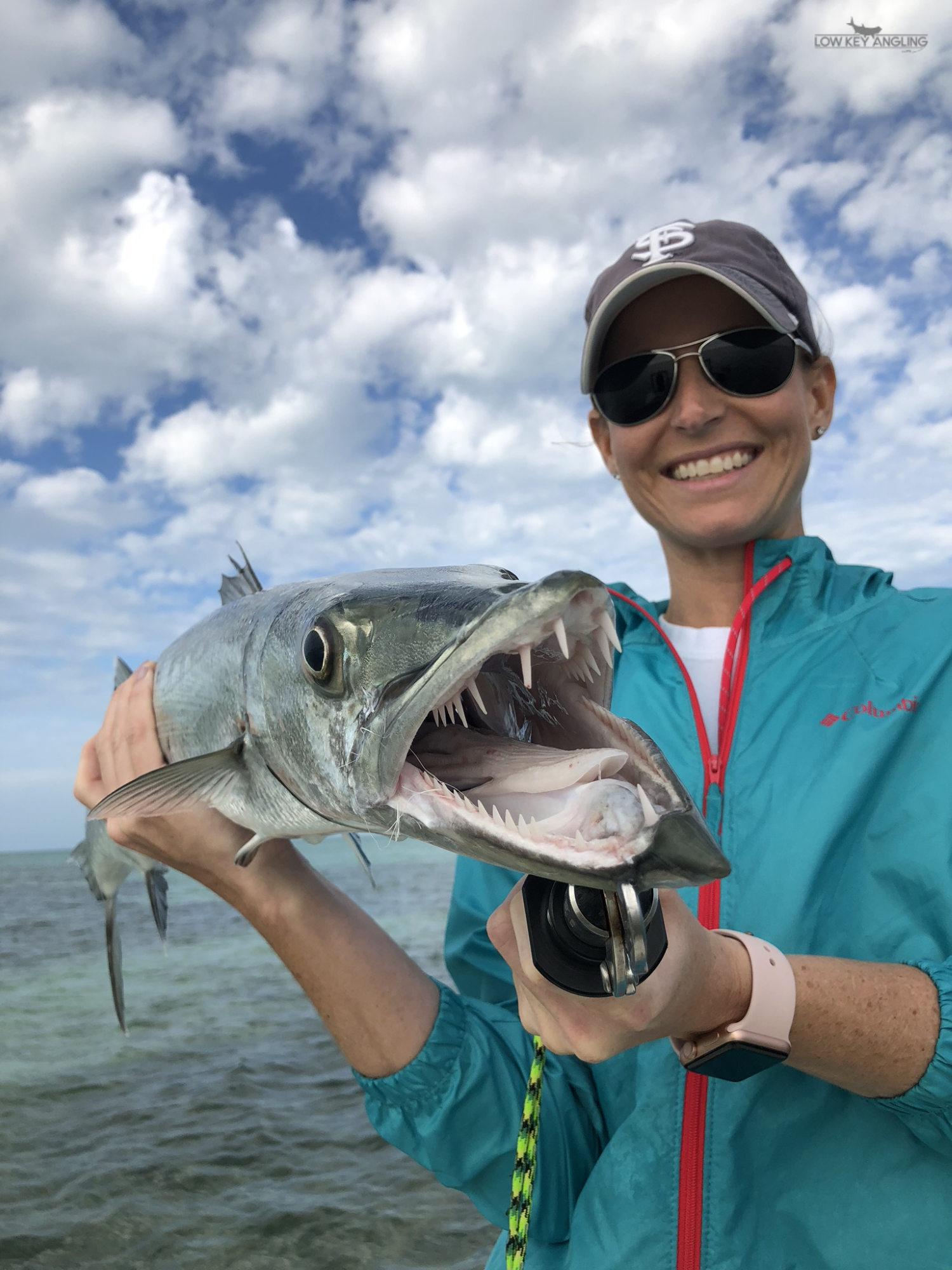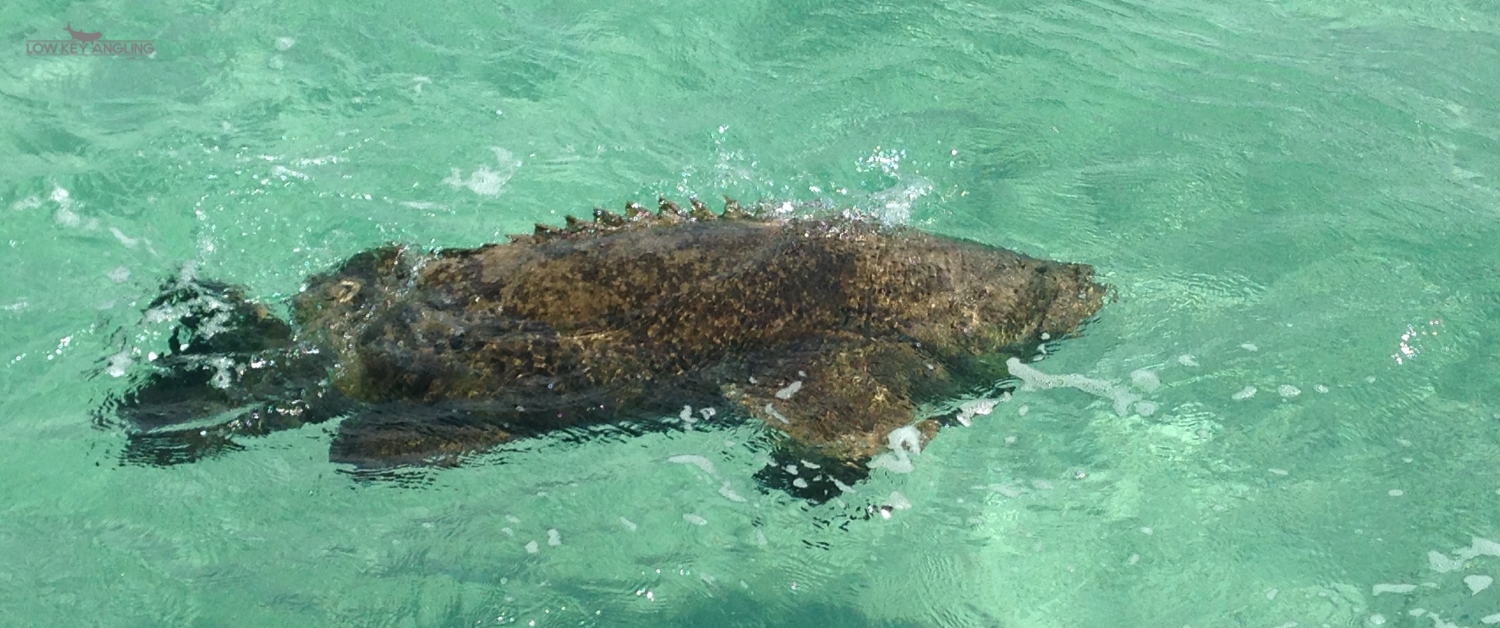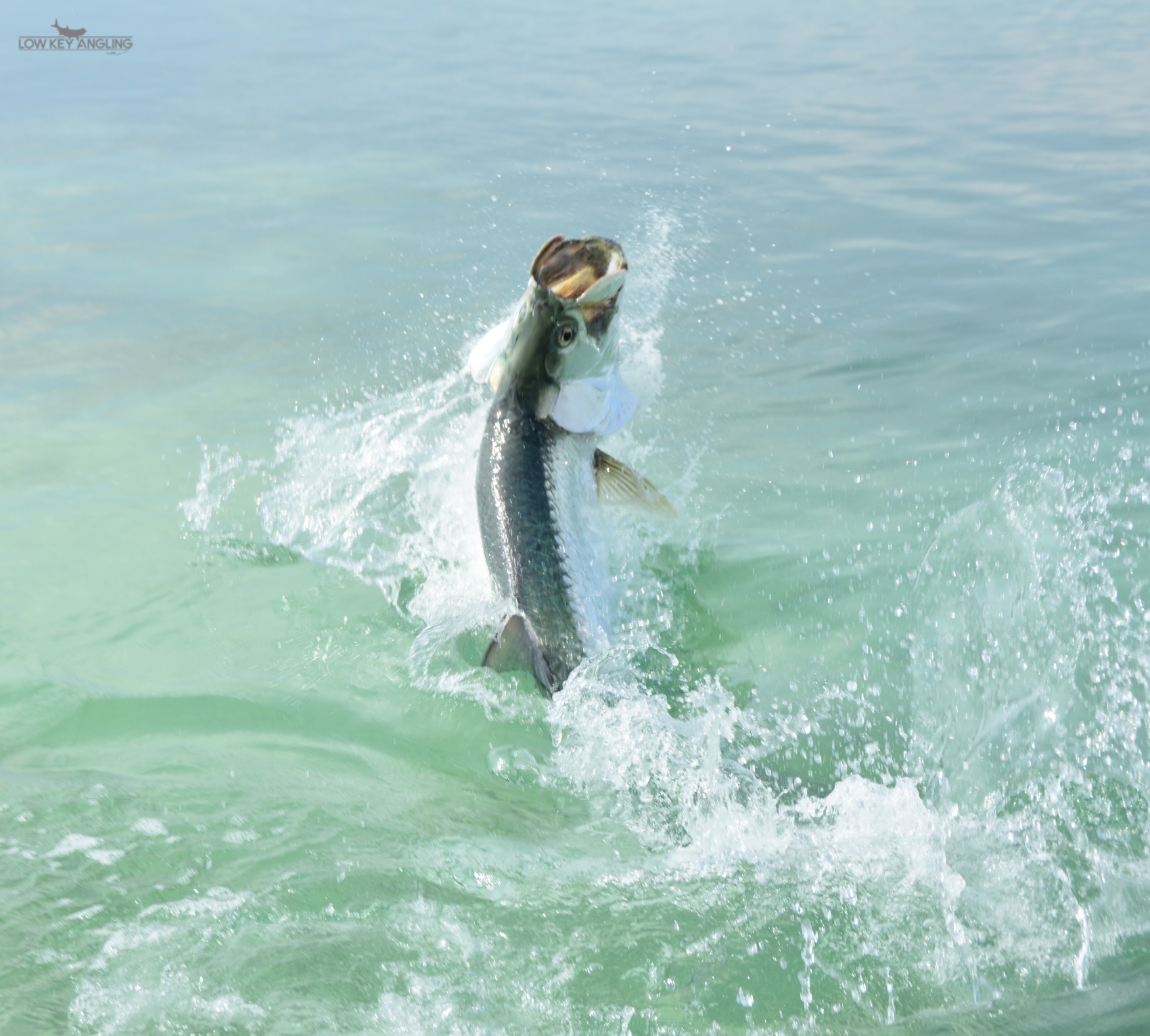Barracuda
The Barracuda, also known as the water wolf, is a top tier predator of the flats and open ocean. These fish can reach speeds of almost thirty miles per hour in two times their body length. Their speed is crucial to their hunting techniques. Usually, they disable their prey’s ability to swim away with the first bite. The fish can then come back and finish eating it.
The Barracuda can be taken by a variety of different methods from live bait to flies. One of the most popular methods is throwing hard plugs and reeling them back to the boat at speed. The aggressive nature of cudas lends itself well to the reaction strike. With the “chuck and wind” method, you can get away without using heavy wire leader.
These fish are also known to learn about boats and fisherman. Once in a while they will come and wait for you to throw a dead bait out or hook another fish they can steal. If you get lucky, you can hook the offender and get what we call an “Upgrade.”
Barracudas come in all different sizes in the keys. We can find a few bigger fish on the flats and around underwater structure. The islands in the backcountry are a great place to find good numbers of cudas ranging from a pound up to twenty pounds. Out on the reef the chances of finding a cuda over twenty pounds increases.
Barracudas are a regulated fish down here in Monroe County. The regulations state the any fish to be harvested must be between fifteen and thirty five inches. You are allowed to keep one per person over the thirty five inch mark. Otherwise you are allowed to keep two per person, and six per boat max.
Call today and lets go chase some of these incredible predators on spinning tackle, or even on fly!


